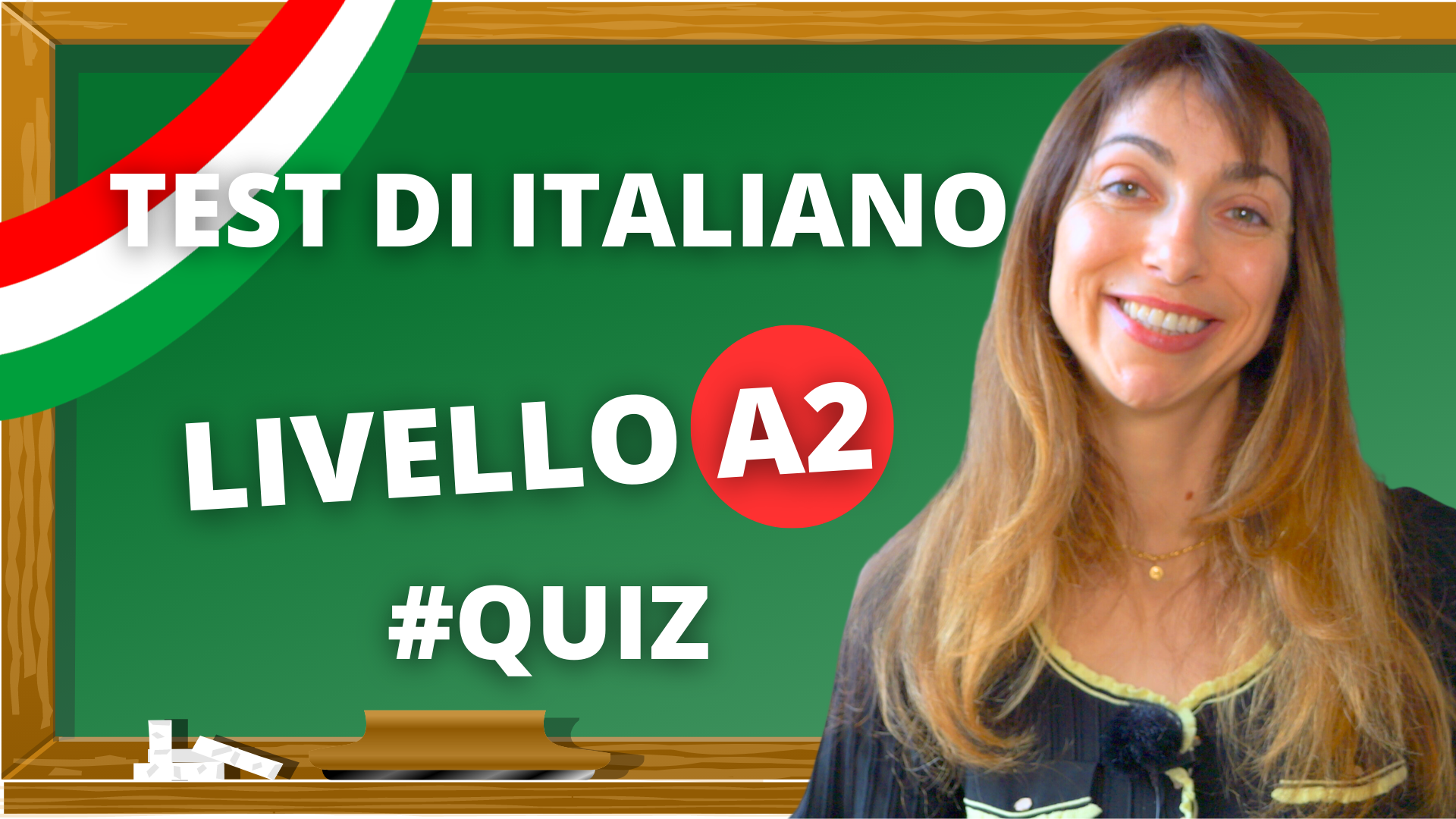When Italy was Founded: A Look at the History and Formation of a Nation
Italy is a country with a rich and fascinating history. Its formation as a nation is a story that is both complex and captivating. From the ancient Roman Empire to the modern-day Italian Republic, the journey of Italy has been marked by war, revolution, and political upheaval. In this article, we’ll take a closer look at the history of Italy and explore when the country was officially founded.
Table of Contents
The Formation of Italy
Italy, as we know it today, is a relatively young nation. It has only officially been founded as a unified country in 1861. However, the history of the Italian peninsula dates back thousands of years. And the region has been inhabited by a variety of civilizations and cultures over the centuries.
One of the most significant periods in Italian history is the Roman Empire, which was established in 27 BC and lasted until the 5th century AD. During this time, the Roman Empire controlled much of the Italian peninsula and much of Europe. The city of Rome became the center of a vast and powerful empire.
After the fall of the Roman Empire, the Italian peninsula was divided into a number of small city-states and kingdoms. The region was therefore characterized by political fragmentation and instability for many centuries.
When Italy was Founded: The Unification of the Peninsula
It wasn’t until the 19th century that the idea of a unified Italy began to take shape. In 1815, the Congress of Vienna established the Kingdom of Sardinia as the dominant power in Italy. And over the next several decades, the kingdom worked to unify the country through a series of wars and political maneuvers.
In 1861, the Kingdom of Sardinia officially became the Kingdom of Italy. And Italy was officially founded as a unified nation. This was a pivotal moment in Italian history and marked the end of centuries of political fragmentation and the beginning of a new era of unity and stability.
Italian Monarchs and Key Figures of Unification
The process of Italian unification was a complicated one, involving a number of key figures and leaders. Victor Emmanuel II, the King of Sardinia, played a central role. He became the first King of a unified Italy in 1861, symbolizing the successful unification efforts. His reign, however, was not without conflict and controversy, as the process of unification was still ongoing and contentious in many regions.
Another major figure in the unification of Italy was Count Camillo di Cavour, the Prime Minister of the Kingdom of Sardinia. A politician and statesman, Cavour’s diplomatic skills and political strategy were instrumental in the push for unification. He built alliances with other European powers, most notably France, and used these to achieve his goal of a united Italy.
Giuseppe Garibaldi, a general and nationalist, is perhaps one of the most well-known figures of Italian unification. His campaigns and expeditions, including the famous Expedition of the Thousand in 1860, were pivotal in the unification process. A charismatic leader, Garibaldi’s efforts were key to rallying support for unification among the Italian people.
Influence of Foreign Powers in Italian Unification
Italian unification was not only a domestic affair but was also significantly influenced by foreign powers. The geopolitical situation in Europe during the 19th century was complex, and Italy’s bid for unification was closely tied to the interests and ambitions of other European powers.
France, in particular, played a crucial role. Napoleon III, the French Emperor, had personal and political interests in Italy and was a key ally to the Kingdom of Sardinia. In the Plombières Agreement of 1858, France agreed to aid Sardinia in a war against Austria, one of the main obstacles to Italian unification, in exchange for territory. The resulting Second War of Italian Independence in 1859 was a significant step towards Italian unification.
Austria, on the other hand, was a major opponent of Italian unification. As a dominant power in the region, Austria controlled many territories that the Kingdom of Sardinia and other Italian nationalists sought to incorporate into a unified Italy. It was only after a series of wars and diplomatic negotiations, often involving other foreign powers, that Austria’s grip on the Italian peninsula was loosened.
The United Kingdom, while not directly involved in the wars of Italian unification, provided diplomatic support for the cause. The British government saw a unified Italy as a potential check against the power of Austria and France. British diplomacy thus played a role in the eventual success of Italian unification.
The Post-Unification Era
After the foundation of modern Italy, the country faced a number of challenges as it worked to establish itself as a modern nation. Despite these difficulties, Italy made significant progress in the late 19th and early 20th centuries. By the start of World War II, the country had become a leading industrial and economic power in Europe.
However, the post-war period was marked by political instability and economic hardship. And it wasn’t until the 1980s that Italy began to emerge as a strong and prosperous nation once again. Today, Italy is a thriving democracy and a member of the European Union, and its rich history and cultural heritage continue to play a major role in shaping the country’s identity and values.
The foundation of Italy as a unified nation was a long and complex process. It was marked by centuries of political fragmentation, war, and revolution. However, despite these difficulties, Italy emerged as a strong and prosperous country in the late 19th century. And today it is one of the leading nations in Europe! Whether you’re interested in history, politics, or culture, the story of Italy’s foundation as a nation is a fascinating and inspiring one. And one that continues to shape the country and its people to this day.


